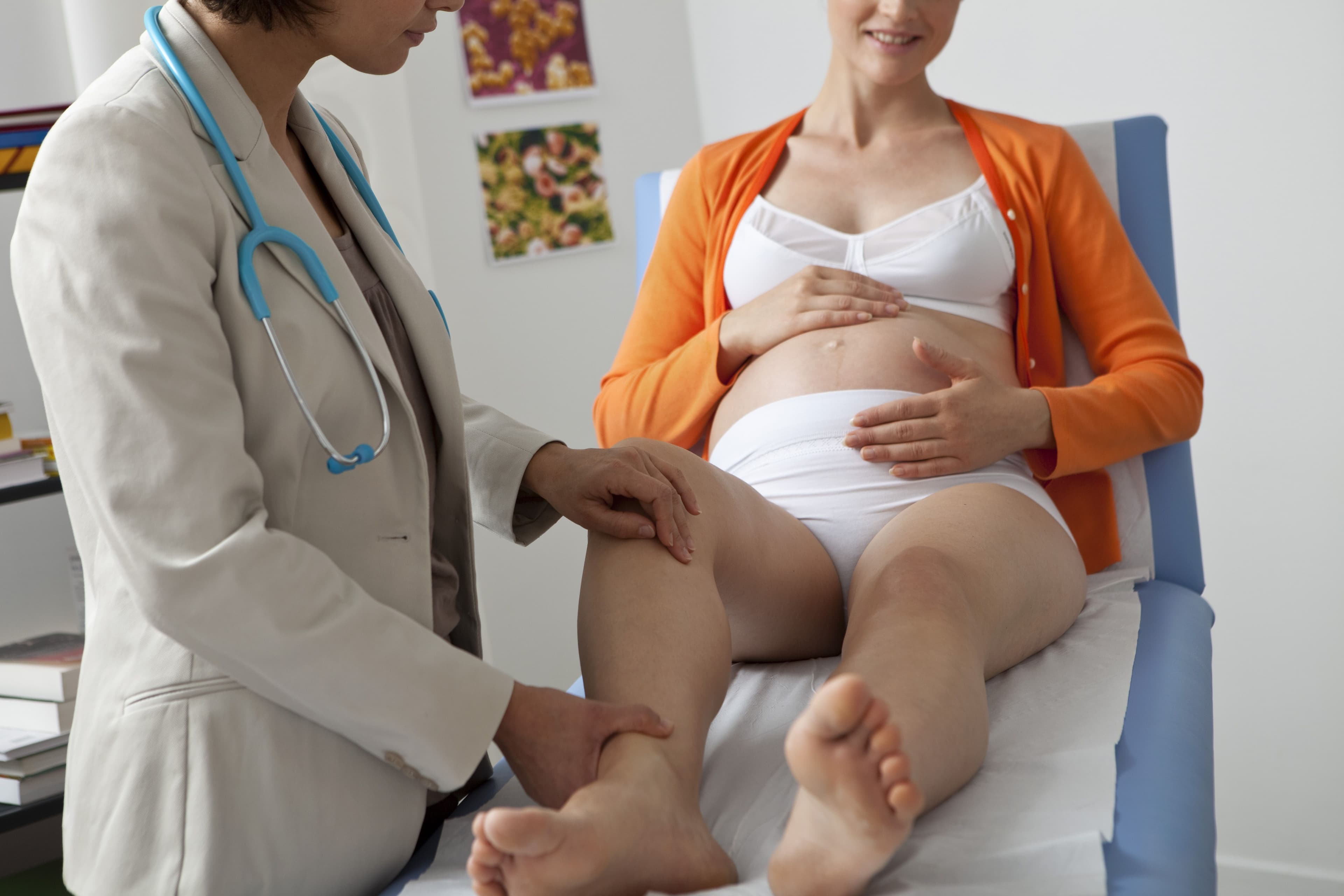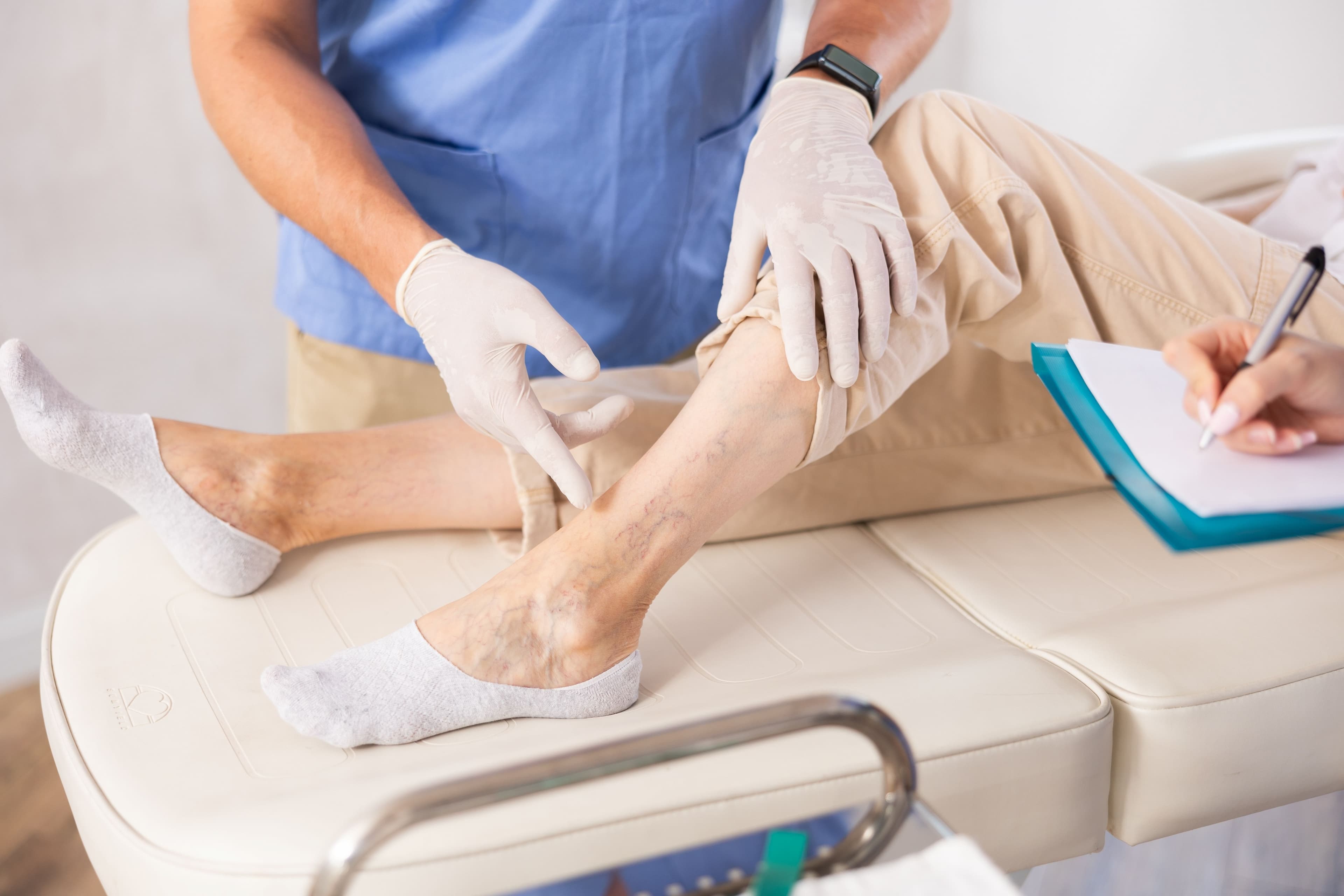Compression socks, the ally of travel
Why wear compression on a long journey?
It is important to remember that the contraction of muscles, especially in the legs, is an important factor that helps keep blood flowing through the veins. As you walk, the muscles of the lower limbs, especially the calves, contract and compress the veins, helping blood to travel back to the heart: this is called the muscle pump, a natural mechanism of venous return(1).
Sitting for too long can slow blood flow and promote blood stagnation in the legs. This can cause a feeling of discomfort, heavy and swollen legs, and sometimes even more serious complications(2).
Wearing class 2 compression (ASQUAL – 15-20 mmHg) is therefore strongly recommended for long-term seated travel, and for all air transport journeys(1)(3).
Explanation of traveller's thrombosis
Travelling increases the risk of developing venous thrombosis, also known as traveller's thrombosis, where a blood clot forms in the veins of the legs(1). The major danger occurs if this clot travels, in rare cases, to the lungs, causing a pulmonary embolism, which can occur a few hours or days after the displacement(1)(4).
Is the risk really higher on a plane? Yes, there are several factors that make the situation worse when flying:
- Dry air and cabin pressurization(5)
- Prolonged sitting(1)
- Slightly reduced oxygenation that may affect sensitive passengers with heart or lung problems(1).
Some people are at higher risk of developing deep vein thrombosis (DVT), so they should be especially vigilant(6):
- Individuals with a history of DVT or pulmonary embolism
- Individuals with a case of DVT or pulmonary embolism in a close family member
- Pregnant women
- Overweight or obese people
- People with certain inherited abnormalities of blood clotting
Reflexes to adopt for a plane flight
Before any long or short air travel, it is advisable to(1)(5):
- Drink plenty of water before and during the flight
- Wear compression socks or socks (minimum ASQUAL class 2)
- Wear loose clothing that is warm enough (because of air conditioning)
- Avoid keeping luggage on your lap or feet so as not to restrict movement too much
- Avoid cross-legged and mobilize the calves with exercises and stretches on the spot, or by walking for a few minutes regularly
- Follow any exercise programs offered by the airline.
*FAST technology: easy on and off
**Natural flax fiber with thermoregulatory properties. http://news.europeanflax.com/fr/lin/benefices-lin/
- Lebreton-Legarçon, C., & KoÇak, F. (2020). Venous insufficiency, a chronic and progressive disease. Pharmaceutical News, 59(594), 812. https://doi.org/10.1016/j.actpha.2019.12.023
- Allaert, F. (2015). Educate the patient to increase the effectiveness of venous compression. Pharmaceutical News, 54(547), 1-7. https://doi.org/10.1016/j.actpha.2015.03.020
- https://www.revue-phlebologie.org/donnees/portedocument/mes_telechargements2.php?cparam=711hpb3sd2wb6qs3at2c6dgxp5h53sh4jxiief9nig7fiv1nc8897p3pt7rp43j
- Darmendrail, C., Bismuth, M., Mesthé, P., Boyer, P., Escourrou, B. and Oustric, S. (2020). Prophylaxis of thromboembolic events during air travel. Medicine. 16(2), 62-68. https://doi.org/10.1684/med.2020.516.
- Venous insufficiency: risk situations - FFC 6. WHO: International Travel and Health 2012 (p.14-20) 7. SAGUEZ, R. (2018). Advice to patients for air travel [Thesis for the state diploma of doctor of pharmacy, University of Picardie Jules Verne – U.F.R. of PHARMACY]. https://dumas.ccsd.cnrs.fr/dumas-02156608/document
The products mentioned are class I medical devices intended for the treatment of venous pathologies. These medical devices are regulated health products that bear, under this regulation, the CE marking. Indications and contraindications: refer to the package leaflets. Read the instructions for use, indications and contraindications of the products carefully. If in doubt, consult a healthcare professional.


